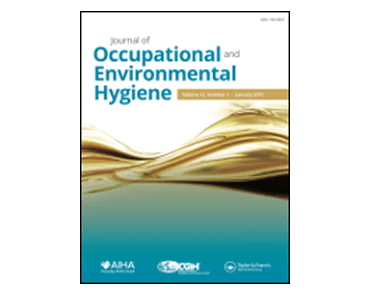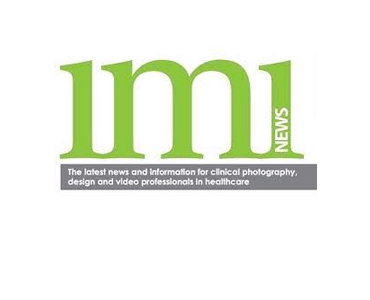No evidence for sexual dimorphism of facial width-to-height ratio in four large adult samples. CE Lefevrea, GJ Lewisb, TC Batesc, M Dzhelyovaa, V Coetzeed, IJ Dearyc, DI Perretta.
Date: June 2012. Source: Evolution & Human Behavior. Volume 33, Issue 6 , Pages 623-627. Abstract: Sexual dimorphism in physical appearance may be an important cue in both intra- and intersex competition. Recently, the facial width-to-height ratio (fWHR) has been proposed as a novel sexually dimorphic morphologic measure, with men suggested to have a higher…
Details






